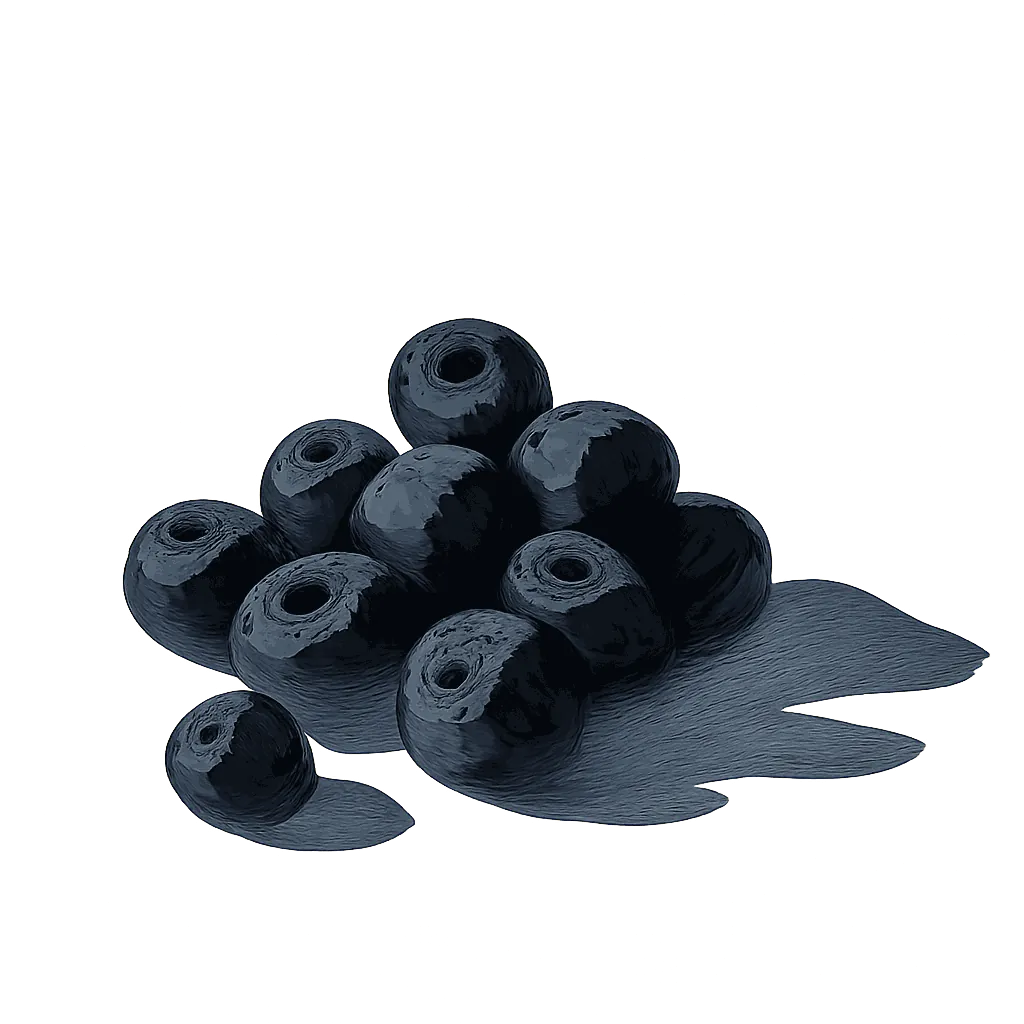Perfect Pairings & Recipes for
Golden Ale

Analysing hundreds of thousands of recipes uncovers golden ale's optimal flavour pairings.
Golden ale instantly conjures the evocative embrace of honey and the bracing kiss of hop, yet its initial sweetness is only the opening note. Beneath lies a tapestry of delicate wheat, whispers of caramel, and the toasted aroma of malt that contribute remarkable depth. And the true alchemy of the kitchen begins when we seek out partners that allow these notes to truly sing.
To illuminate these harmonies, we embarked on an ambitious journey, analysing thousands of ingredients. Each was meticulously deconstructed across 150 distinct flavour dimensions, allowing us to pinpoint precisely which notes complement in both classic and unexpected ways. Our findings reveal, for instance, how red chilli's capsicum tones can infuse with golden ale, or how whole milk's lacteal notes create an unexpectedly harmonious bridge with the golden sweetness.
Flavour Profile Of Golden Ale Across 150 Dimensions Of Flavour
Flavour wheel chart showing the dominant flavour notes of Golden Ale: Honeyed, Hoppy, Caramel, Maltol, Yeasty, Wheat, Pear, Blossom, Toasted, Resinous, Malic, Elderflower, Chamomile, Hay, Sugary
An ingredient's flavour comes from its core characteristics, like floral, herbal, and maillard, combined with its unique aroma notes (outer bars). When pairing ingredients, aim to include a broad variety of core characteristics for a balanced dish. And choose aroma notes that complement each other for a harmonious combination.
The Flavour Code
To understand exactly which flavours harmonise, we compiled a database of over 50,000 ingredient pairings commonly used in cooking. We then analysed these pairings, identifying the specific flavour notes that frequently appear together.
The Flavours That Harmonise With Honey Notes
Strength of Association Between Flavours
The flavours most associated with honey notes are: Lacteal, Cedar, Limestone, Cocoa, Lactic, Pimenta, Saline, Bergamot, Proteolytic, Fatty, Camphor, Glutamic, Grapefruit, Seedy, Acetic.
Our analysis shows that the flavour of honey is strongly associated with the flavour of milk. This suggests we should look for ingredients with a milky flavour, such as whole milk, when pairing with the honeyed aroma accents of golden ale.
The recipe below provides inspiration for pairing golden ale with whole milk.
Harmonious Flavours Of Golden Ale
Just as our analysis reveals that honey and milky flavour accents combine harmoniously, we can identify the full profile of flavours that harmonise with each of the notes present in golden ale. For instance, the hoppy notes of golden ale are strongly associated with pencil-lead and lemony notes.
The accents associated with the various accents of golden ale can be seen highlighted in the pink bars below.
Flavour Profile Of Golden Ale And Its Complementary Flavour Notes
Flavour wheel chart showing the dominant flavour notes of Golden Ale: Honeyed, Hoppy, Caramel, Maltol, Yeasty, Wheat, Pear, Blossom, Toasted, Resinous, Malic, Elderflower, Chamomile, Hay, Sugary
Matching Flavour Profiles
The flavour profile of red chilli offers many of the notes complementary to golden ale, including capsicum and capsaicin accents. Because the flavour profile of red chilli has many of the of the features that are complementary to golden ale, they are likely to pair very well together.
Prominent Flavour Notes Of Red Chilli Are Represented By Longer Bars
Flavour wheel chart showing the dominant flavour notes of Red chilli: Capsicum, Capsaicin, Resinous, Cedar, Tobacco, Tomatoey, Poivre, Glutamic, Raisin, Astringent, Smoky
The chart above shows the unique profile of red chilli across 150 dimensions of flavour, while the recipes below offer inspiration for bringing these flavours together with golden ale.
Recipes That Pair Golden Ale With Red Chilli
Linked Flavour Notes
Looking at the accents that are most strongly associated with the various flavours of golden ale, we can identify other ingredients that are likely to pair well.
Golden Ale's Harmonious Flavours And Complementary Ingredients
Golden Ale's Strongest Flavours
Complementary Flavours
Ingredients with Complementary Flavours
Flavour groups:
Nectarous
Acidic
Floral
Herbal
Spice
Vegetal
Maillard
Earthy
Woody
Carnal
The left side of the chart above highlights the aroma notes of golden ale, along with the complementary aromas associated with each note. While the right side shows some of the ingredients that share many of the aromas complementary to golden ale.
Prominent Pairings
Our analysis identifies dishes that pair well with golden ale and highlights the prominent ingredient combinations within these recipes. Key pairs include pumpkin seed and guajillo chilli offering mild pepper aroma, white onion and ancho chilli for sweetness, pasilla chilli and brown sugar for caramel depth, and peanut and clove for a complex eugenolic undertone. Explore these combinations to unlock golden ale's hidden complexity, reveal deep nuance, and elevate its vibrant character.
Ingredient Combinations Among Dishes That Pair With Golden Ale
Flavour groups:
Sweet
Sour
Botanic
Spice
Vegetal
Tawny
Bitter
How Flavonomics Works
We've pioneered a unique, data-driven approach to decode the intricate art of flavour pairing. Our goal is to move beyond intuition and uncover the science of why certain ingredients harmonise beautifully. This rigorous methodology allows us to provide you with insightful and reliable pairing recommendations.
Our analysis begins with over 50,000 carefully selected recipes from acclaimed chefs like Galton Blackiston, Marcello Tully, and Pierre Lambinon. This premium dataset ensures our model distils genuine culinary excellence and creativity.
Each ingredient from these recipes is deconstructed across 150 distinct flavour dimensions, creating a unique numerical "flavour fingerprint." This quantification allows us to apply advanced analytical methods to identify complex patterns between flavour notes.
We identify popular ingredient combinations that frequently appear in our recipe database. Regression analysis is then performed on these pairings to statistically validate and pinpoint truly harmonious flavours.
These insights drive our predictive model, which allows us to take any ingredient (e.g., Golden Ale), analyse its detailed flavour profile, and accurately reveal its complementary flavours and perfect ingredient partners.
Explore More
Discover more ingredient profiles and expand your culinary knowledge. Each ingredient page offers detailed analysis of flavour profiles, pairing insights, and culinary applications.
The content on our analysis blog is semi-automated. All of the words were manually written by a human, but the content is updated dynamically based on the data.


